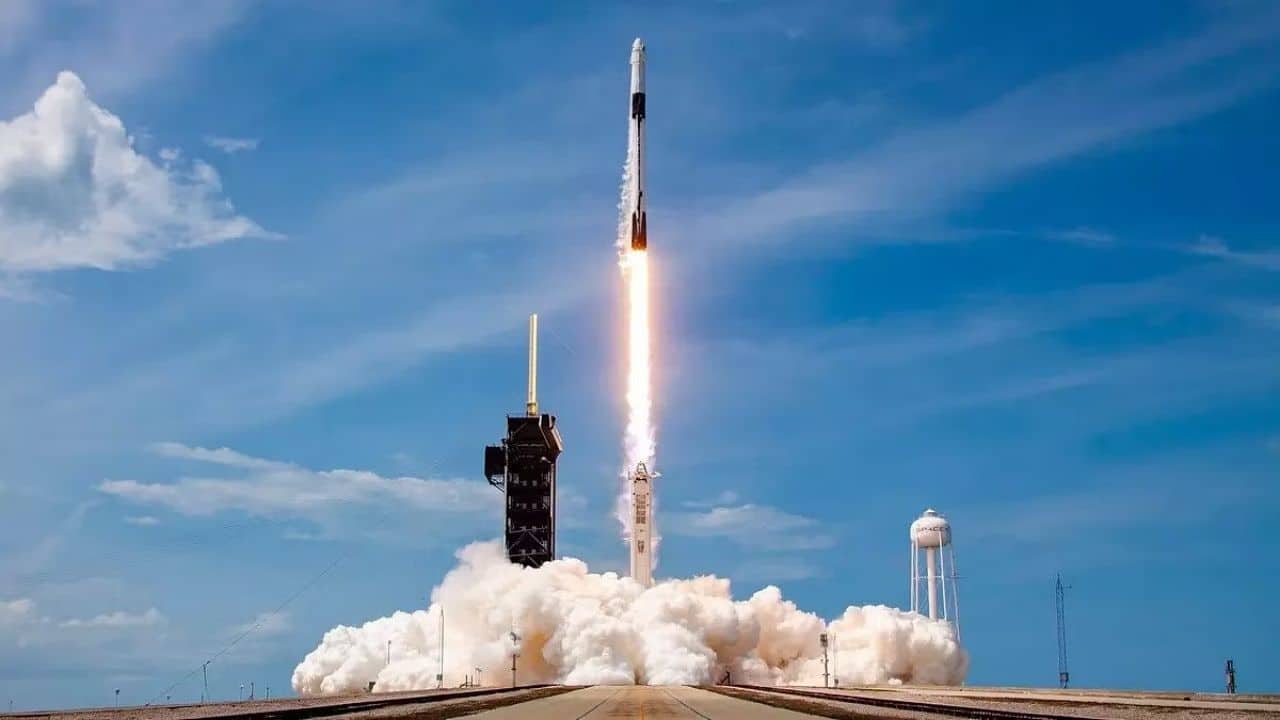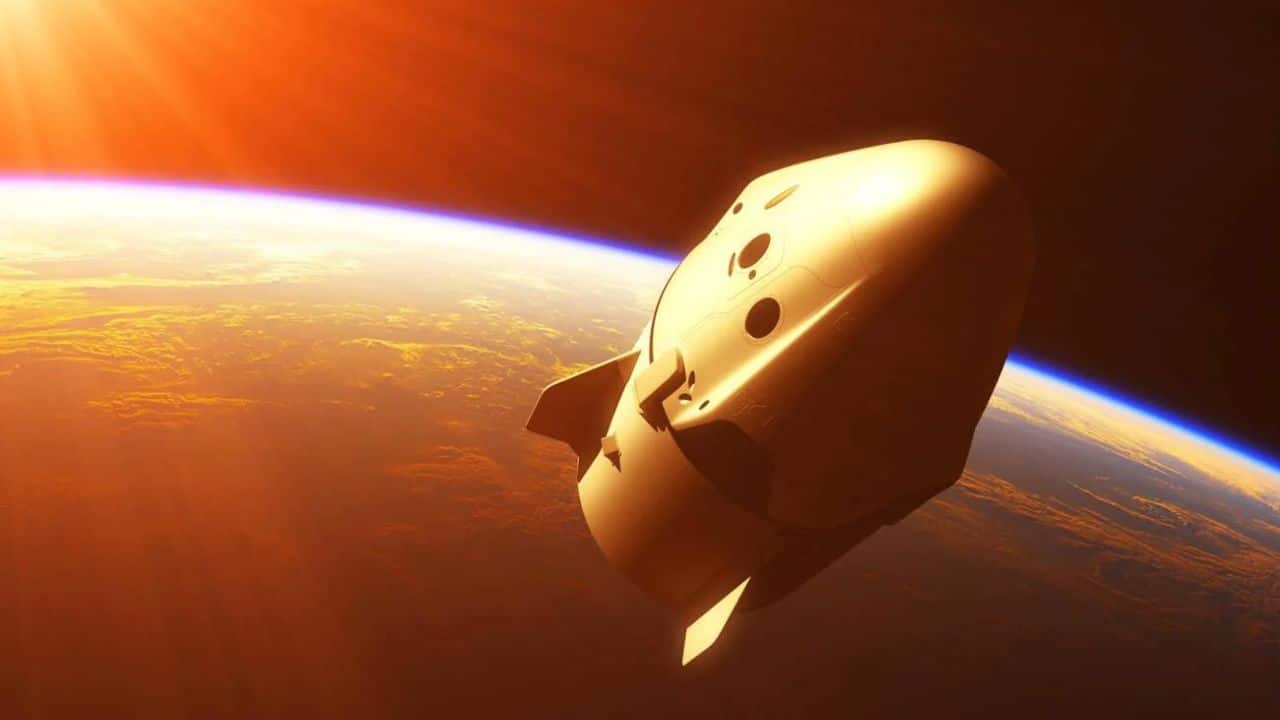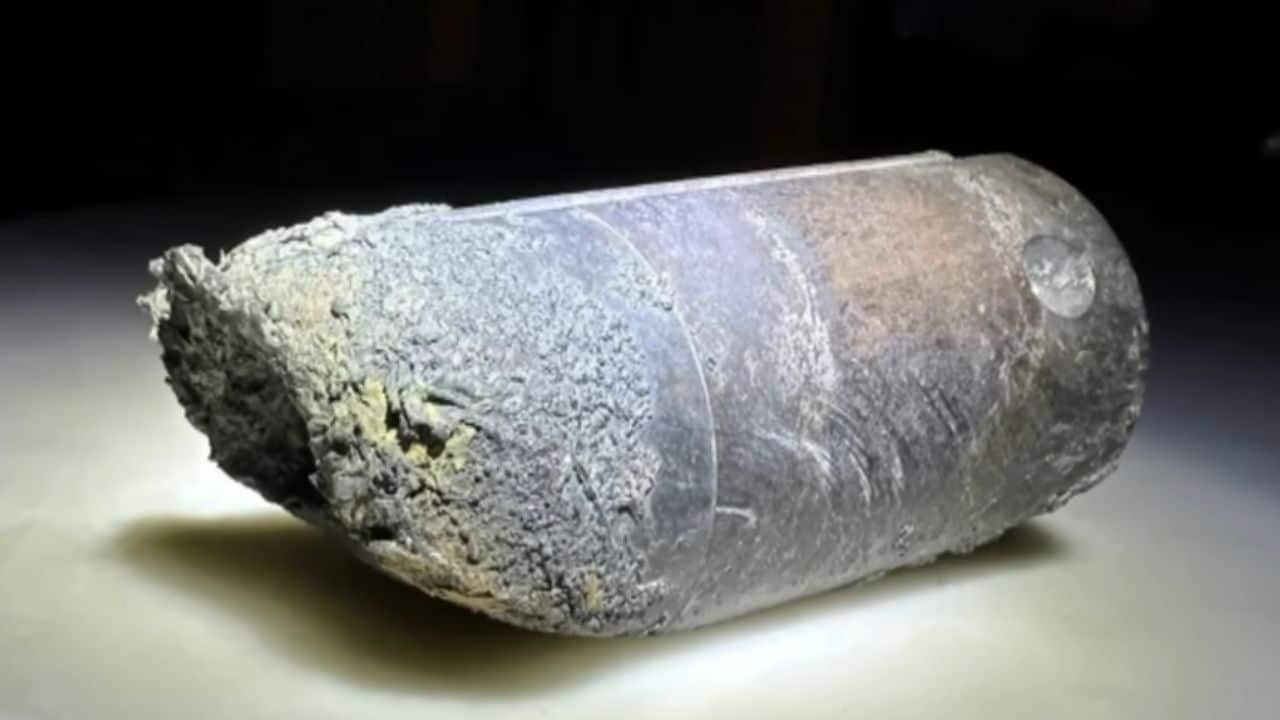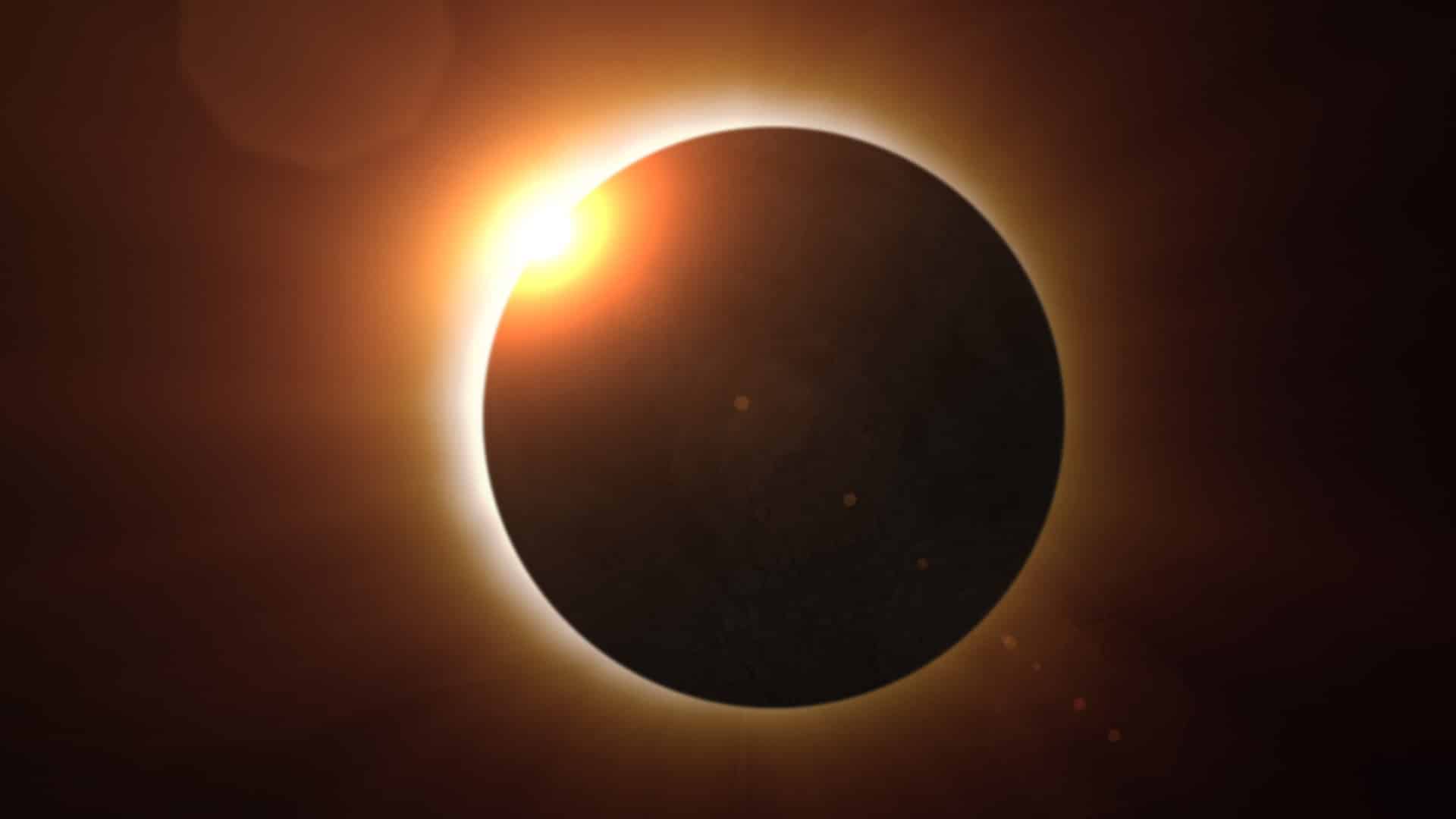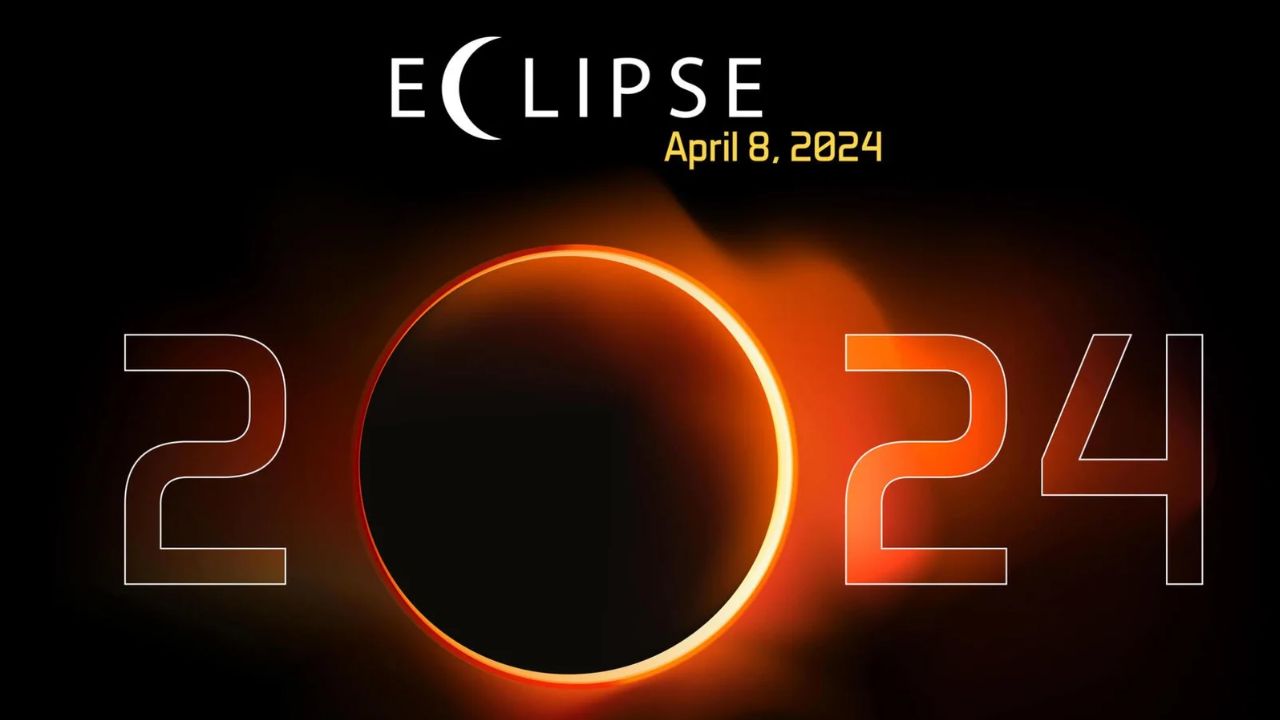SpaceX’s Falcon 9 rocket, which was launched earlier this month, has reportedly created a temporary hole in Earth’s ionosphere, according to American space physicist, Jeff Baumgardner. The Falcon 9 is a reusable two-stage rocket, primarily used for safely and reliably transporting payloads and people into Earth’s orbit and beyond. This particular launch took place at the Vandenberg Space Force Base in California on July 19th.
Baumgardner based his assertion on the images of the Arizona sky taken after the launch. The pictures revealed a faint red glow following the rocket’s path. Baumgardner believes that this red glow is an indication of a hole being made in the ionosphere by the rocket.
Baumgardner explained his findings to spaceweather.com, saying that it’s a well-known occurrence for rockets to create such effects when their engines burn 200 to 300 kilometers above the Earth’s surface. He revealed that footage from the Falcon 9’s launch showed the second-stage engine burning at 286 kilometers, close to the peak of the F-region, making it likely that a temporary hole was created in the ionosphere.
The ionosphere is a layer of the Earth’s atmosphere that’s filled with charged particles or ions. It starts from about 50 miles above the Earth’s surface and extends up to 400 miles. These charged particles are what causes the beautiful colors we see during geomagnetic storms or auroras, when they interact with solar plasma.
In the past, SpaceX rockets have often been associated with strange phenomena in the sky. Last year, a SpaceX rocket resulted in a ‘space jellyfish’ fireball above South Carolina. Even Elon Musk, the company’s CEO, has shared pictures of eerie lights over Los Angeles following a SpaceX rocket launch.
These phenomena occur because rockets and their exhaust fumes alter the ionisation levels of the ionosphere. As they travel, rockets emit water and carbon dioxide, which can reduce local ionisation by up to 70%. The red glow that indicates a hole in the ionosphere is caused by oxygen ions reacting with the rocket’s exhaust, releasing light at the same wavelength as red auroras.
Back in 2017, a Falcon 9 launch caused a 560-mile wide hole in the ionosphere that lingered for a couple of hours. This happened because the rocket ascended vertically, which resulted in shockwaves that amplified the effect, as reported by Ars Technica in 2018. This kind of disruption can also cause minor disturbances in GPS systems, slightly affecting location accuracy.
Also Read: 10 Upcoming Space Missions 2023


